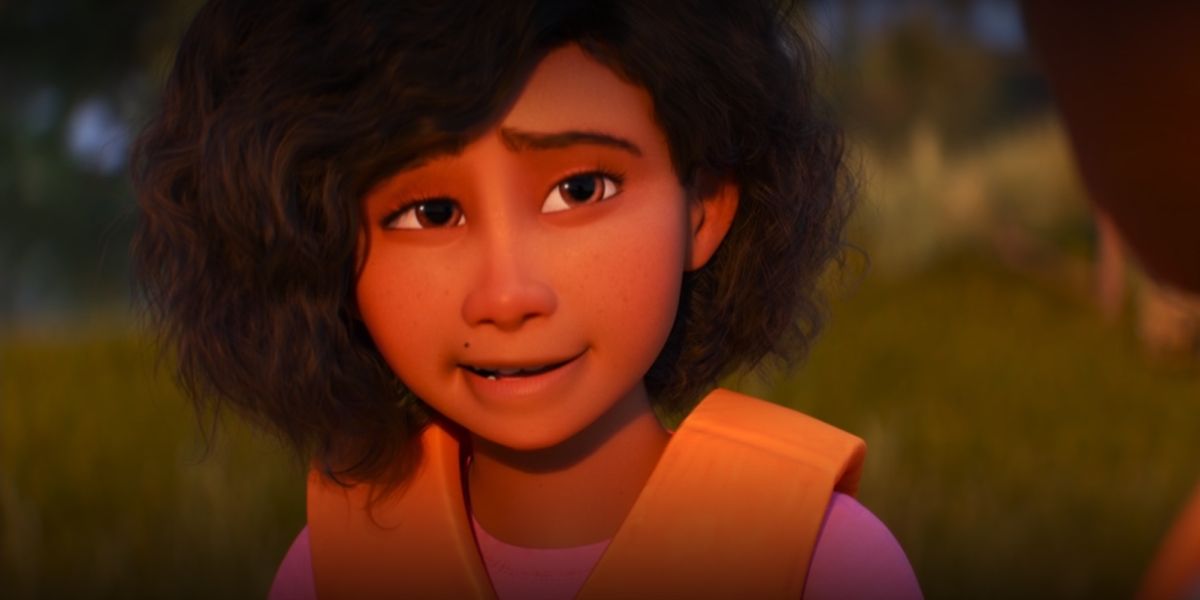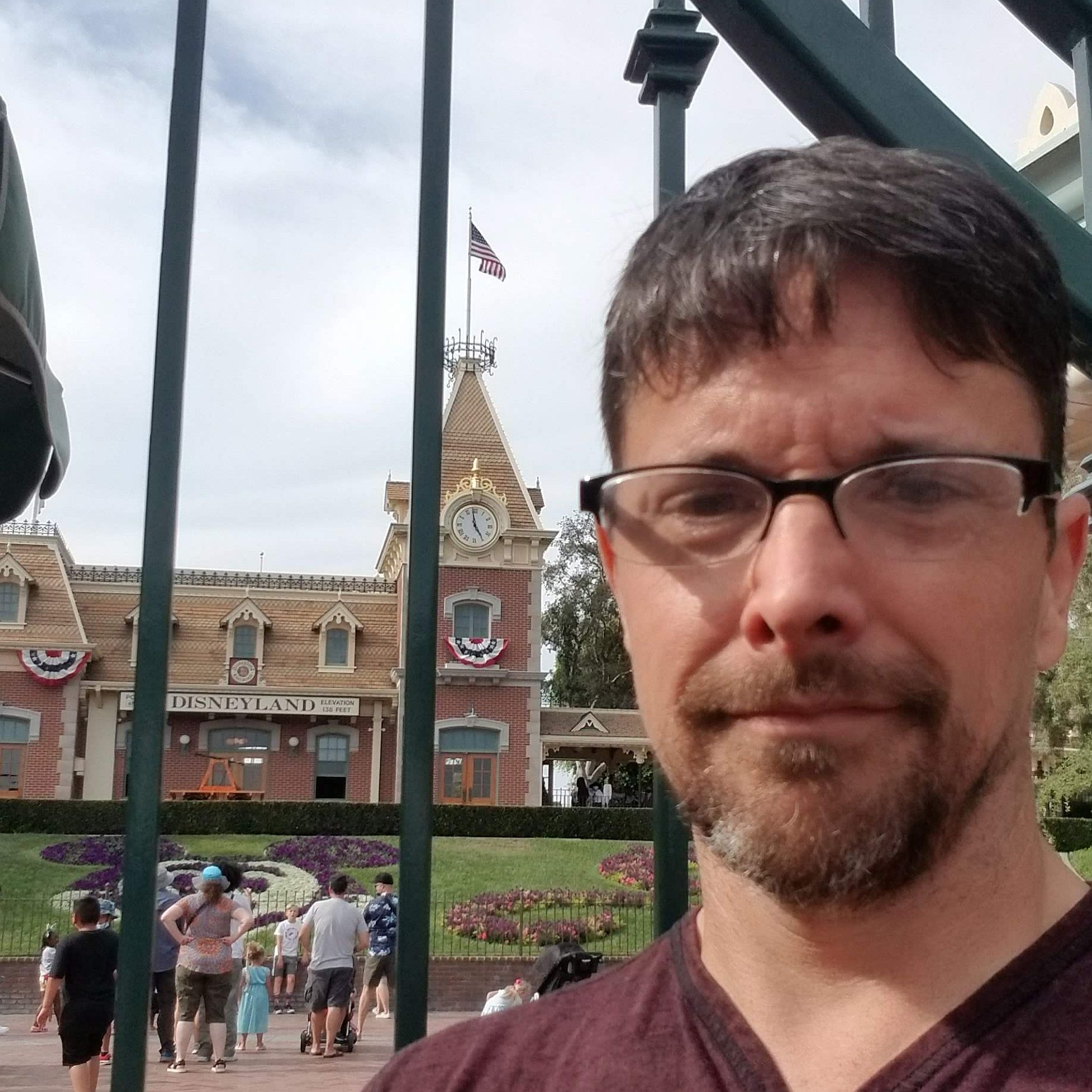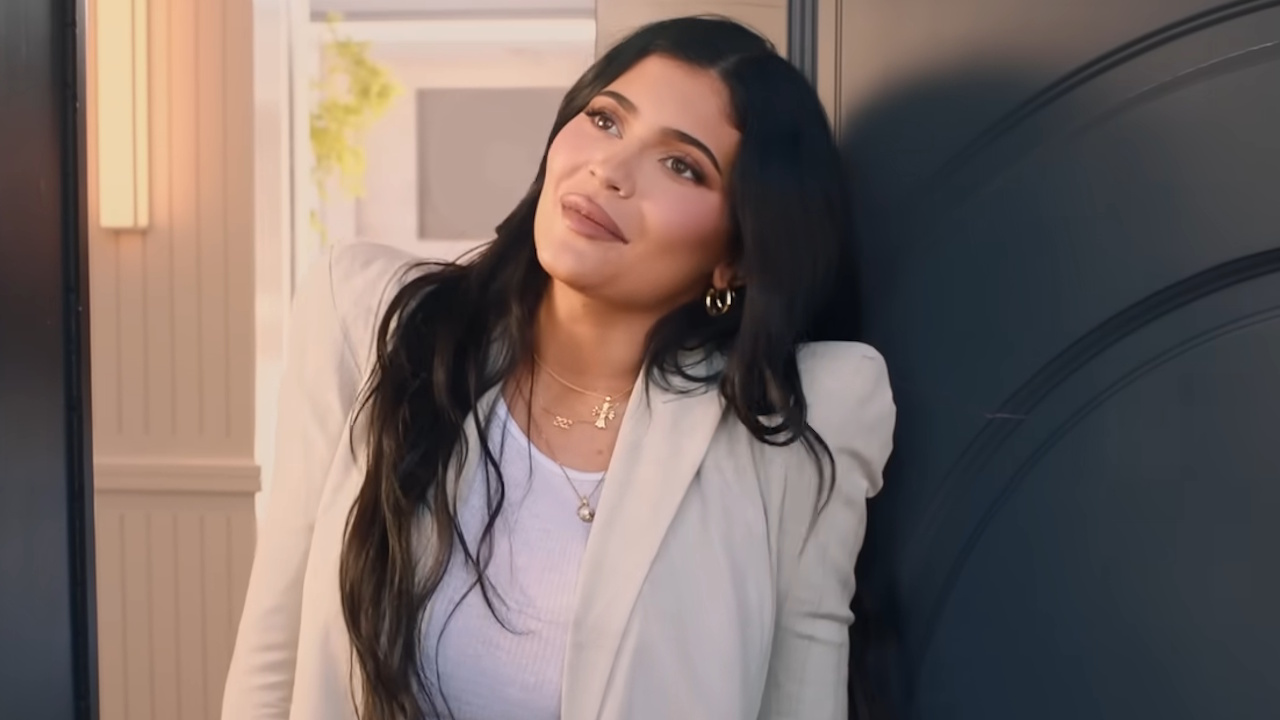Disney+: Why Pixar's First Non-Verbal Character Was A Completely New Experience For Animators In Loop

CinemaBlend participates in affiliate programs with various companies. We may earn a commission when you click on or make purchases via links.
At this point, you would think that Pixar has done it all. The company was a pioneer in computer animation, creating the first feature length film using the technology, and it is still the gold standard. While every new project for the studio certainly has its own challenges, each new hurdle is based on the continued build up of knowledge that came before it. However, for Pixar's newest Sparkshort on Disney+, Loop, the animators' biggest challenge required them to not move forward, but actually start over at the beginning.
Loop, features Pixar's first non-verbal character. Renee is an autistic girl at summer camp who ends up in a canoe with Marcus, a boy who is far from sure how to handle her. While characters who do not speak are far from uncommon for Pixar, this was a very different case, because Renee isn't silent. She does actually communicate, but in a non-verbal way. However, Renee's autism also means that some of her methods of communication, like body language, don't match the ways that neurotypical people normally communicate. As Loop producer Krissy Cababa explained to me during a recent interview with the team behind Loop, this required animators to learn an entirely new language in order to properly animate Renee...
For our animators especially, we've never animated an autistic character before. This is a completely new thing for Pixar and our animators are very steeped in body language and how that communicates. We grow up learning as neurotypical human beings what a happy person's body language looks like and what a sad person's body language looks like and what an angry person's body language looks like. And when you have an autistic character those kinds of cues are actually not helpful. And so our animators had to learn and sort of devise a whole new language for Renee. That was done with the help with [director] Erica [Milsom] and research that she had done and with the help of our consultants, both from personal life and also the Autistic Self Advocacy Network, so I think that was one of the really big challenges with the short.
Body language is a big part of communication, even with speaking characters, but Pixar, especially in shorts, have created many the silent protagonist. In those cases, body language is all the more important. But in Loop, all the knowledge the Pixar animators had compiled about how to create body language to express certain emotions was close to useless. The character of Renee doesn't use the same cues as the rest of us. As Krissy Cababa explained, it was vital to the production of Loop that the filmmakers understood the language that was being used, so that it could be relayed to the audience to make the story work...
There's a voice and a language but we had to go through and at every stage be like 'What does she say? How does she say it?' Like her handflapping, when she shakes her hand, she's happy, so we needed to show that a couple of times and make sure that Marcus could learn that, and the audience could too.
The decision to use a voice actress that was autistic was important to director Erica Milsom who had experience working with the autistic community and wanted somebody authentic in the role. Madison Bandy was cast as Renee, and most of her recording was simply improvisational as the Pixar team interacted with her and captured how she sounded while simply living her life.
Pixar has never been shy about dealing with serious issues and themes, but the Sparkshorts program has allowed filmmakers to tell very personal stories in a way that likely wouldn't have made it to a big screen. If you haven't seen Loop on Disney+ yet, it's something you can stream right now, and it's certainly worth doing so. If you want to check it out, you can sign up for a seven day free trial of DIsney+.
Loop is the last Sparkshort that was initially announced at the launch of Disney+, but the program is continuing, so there are many more new voices from within Pixar that we'll be hearing in the months to come.
Your Daily Blend of Entertainment News

CinemaBlend’s resident theme park junkie and amateur Disney historian, Dirk began writing for CinemaBlend as a freelancer in 2015 before joining the site full-time in 2018. He has previously held positions as a Staff Writer and Games Editor, but has more recently transformed his true passion into his job as the head of the site's Theme Park section. He has previously done freelance work for various gaming and technology sites. Prior to starting his second career as a writer he worked for 12 years in sales for various companies within the consumer electronics industry. He has a degree in political science from the University of California, Davis. Is an armchair Imagineer, Epcot Stan, Future Club 33 Member.
